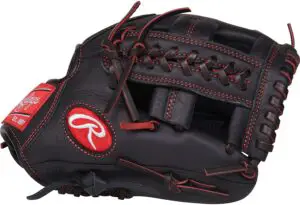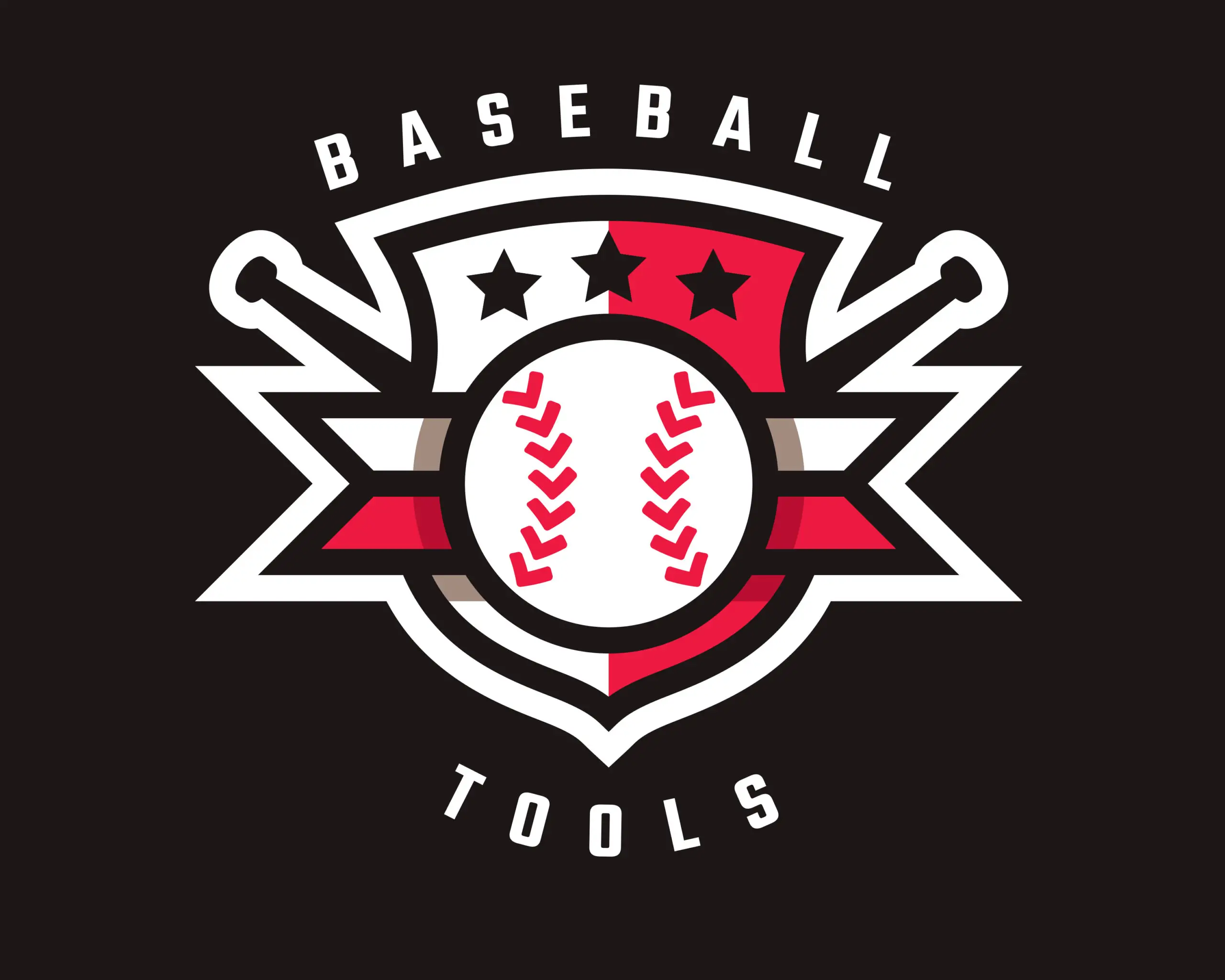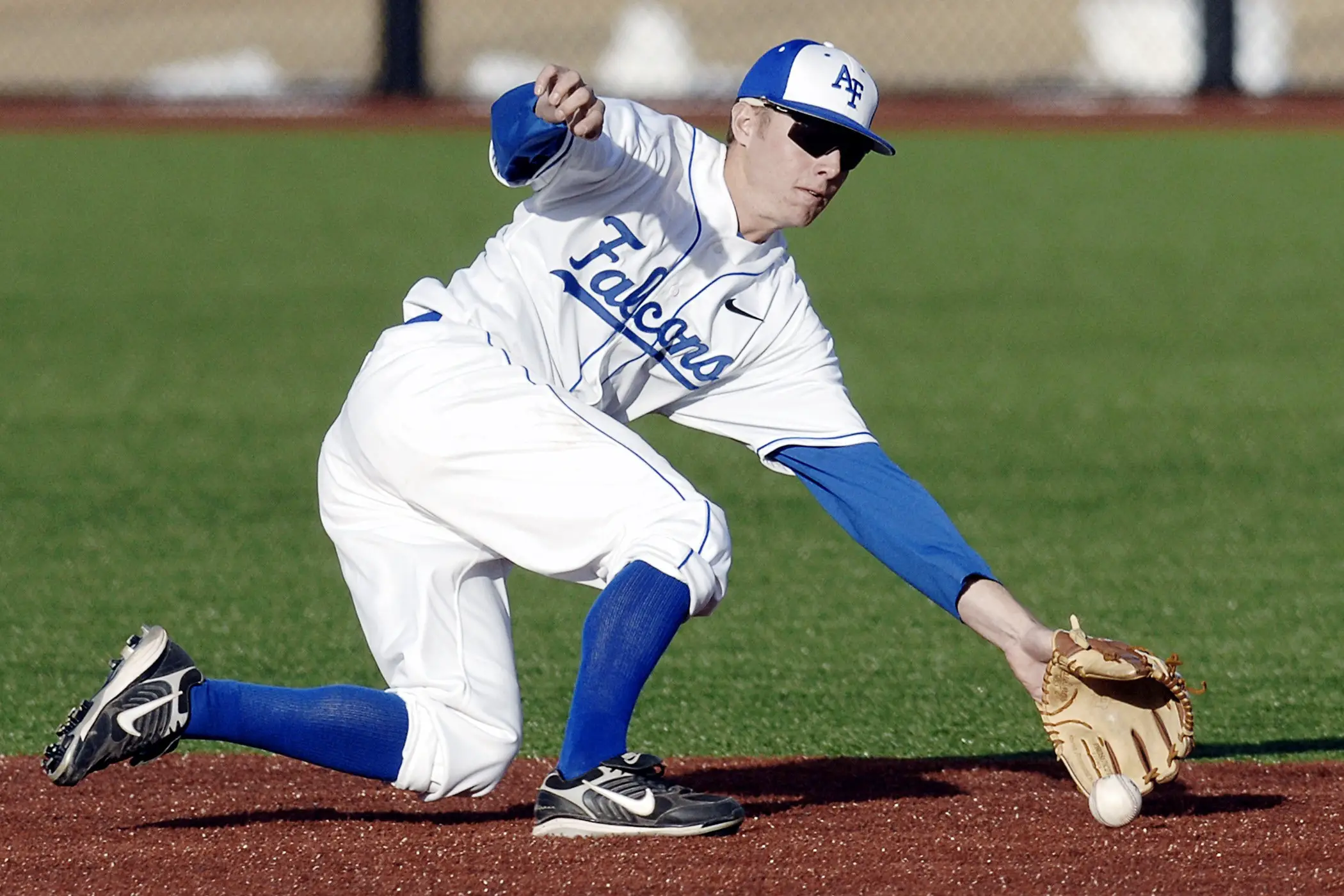Teaching a young player how to catch a baseball seems like an easy task but catching a baseball with a glove is not always as easy as it looks especially for small hands.
When teaching youth baseball players, the fundamentals of catching are often overlooked. Understanding the principles of basic catching is important for young players to grasp.
Teaching a young player the basic principles of catching can usually be done in just a couple of sessions. In this article, we will discuss the basics of teaching kids how to catch a baseball.
How to Teach a Child to Catch a Baseball
Choose the Correct Glove
Catching a baseball with a glove can feel uncomfortable to a child at first especially if their glove does not fit properly. Take some time to a properly fit glove.
When teaching a child to catch, you want to make sure they are as comfortable as possible. The more broken in a glove, the more comfortable it will be. Most kids’ gloves are sold broken in, so they should not have to spend extra time on this process. Another option is using an older glove. Older gloves are often more flexible and therefore more comfortable.
Use a Soft Baseball
While many kids act fearless, no one likes being hit with a rock-hard leather ball. It is best to start slow when teaching young children to catch a baseball. A soft baseball or tennis ball is a perfect place to begin teaching the fundamentals of catching.
Glove Practice
To get comfortable with the glove, kids should put it on and begin opening and closing the glove. This will help them get used to the weight and feel of the glove.
Next, have them open their hand while you drop the ball from above into the glove. This simple move helps them get the feel for the ball landing in the glove. Starting with simple catches like this can help increase their confidence early on.
Strong Athletic Position
In a strong athletic position, the player should be ready to go anywhere. From this athletic stance, you should be able to explode into a lunge, jump, or dive for the ball if needed.
A basic athletic stance is the first fundamental to playing good baseball. To get into a strong athletic position place the feet shoulder with apart. Bend the knees slightly into a squatting position. Center the body weight over the thighs. This is a basic athletic stance that is used often in baseball as well as other sports.
Start Small
When first learning how to catch, it is best to use just one hand, the gloved one. Start small by placing the mitt in a comfortable position just above the head on the glove side.
Practice throwing the ball straight at the glove so that the player does not have to move to catch it.
Soft tosses are best because they allow the player to warm up to catching. Make sure that the player is catching and closing the glove after the ball is secured.
Especially with younger children, now is a good time to emphasize keeping their eye on the ball. The player should not be closing their eyes as the ball approaches. Assure them that there is nothing to fear. Slow down the throws if needed until they are comfortable with watching, catching, and securing the ball.
Once the player has a good understanding and feel for catching and securing the ball it is time to change up the tosses. Try a couple of tosses at the chest or simulate a fly ball by throwing with more arc on the baseball. These passes may require the player to move their glove to make the catch, but they should not have to move their body just yet.
Kids may get bored quickly when it comes to repetitive actions such as catching a ball. Mixing up the tosses is more likely to keep them engaged. This also helps them develop better hand-eye coordination.
Two-Handed Catching
Once the player has mastered one-handed catching it is time to start practicing two-handed catches.
Two-handed catches are usually used when a player makes a catch inside the body. Players can focus on getting in front of the ball to make the catch. One hand catches are more commonly used when a player needs to reach outside of the body to make the catch.
The coach should kneel on the ground while tossing the ball at an upward arc to the player. Let them know where you are tossing the ball so they can prepare to make the catch.
Catching on the move
As the player advances, practice making catches while on the move. Make sure the player starts in a strong athletic position and let them know where you will be tossing the ball.
Throw the ball farther outside of the body so that they will have to make catches while moving. As the player gets better at making the catch on the move, stop telling them where the ball is going. They will have to learn to anticipate where the ball is going and move to get there.
Never Lose Sight of the Ball
Sometimes players unintentionally move their glove into their line of sight, and they lose track of the ball. Make sure the player is changing positions to avoid breaking the line of sight on the baseball.
Make Practice a Habit
Hopefully teaching a new player how to properly catch a baseball is easier with these helpful tips. Nothing beats practice and we recommend spending several sessions teaching these catching basics. Make a habit of practicing several times a week and stick to it. Learning to play baseball is not an overnight task, and skills must be built up over time.




